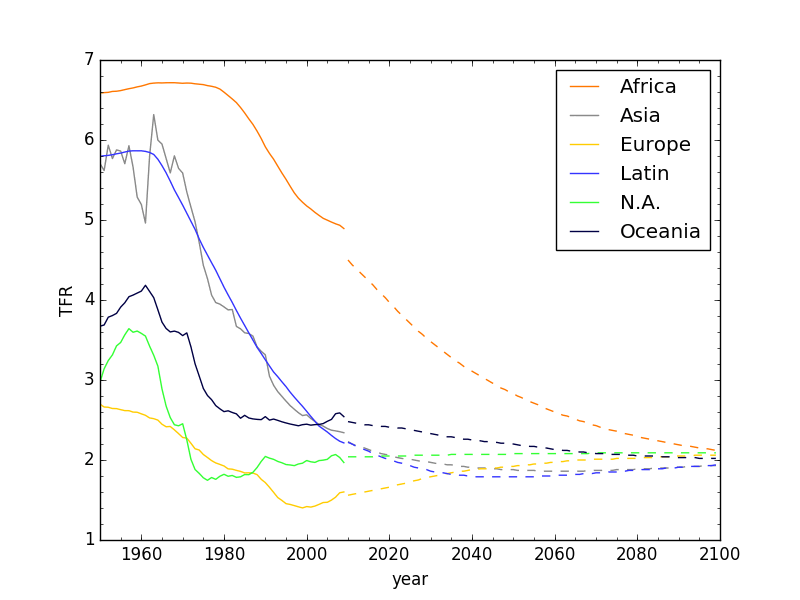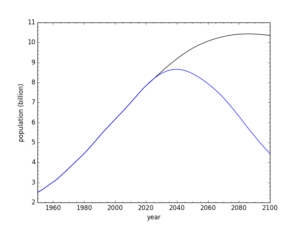Our culture suffers an epidemic of disconnected narrow analyses. Almost every single news article, opinion piece, insight from pundits, bestseller book, or internet screed fails to absorb a broad-enough view to fully contextualize this moment in time. What remains can be effectively useless or invalidated by a more complete and enveloping context.
A small but growing cadre of folks promote “systems thinking,” broadening the boundaries to acknowledge complex relationships “external” to the considerations of typical works. Whether those broader elements involve biophysical, planetary, anthropological, ecological, or more-than-human considerations, the effect can dramatically change conclusions and prescriptions.
So, systems thinking can make positive contributions. But it has a dark side as well. Novice engagement in this heady practice can serve to amplify a nasty human habit of deluding ourselves into believing that we can master it all—that our crude maps are essentially-complete captures of all relevant aspects of the territory. Encouraged by climbing atop a “big-boy” horse without falling off, one might be tempted to think they can gallop their way into a more perfect system for humanity on Earth. I’ll make the argument that the horse of hubris is inherently unrideable, and that the best lesson from systems thinking is that systems tend to be far too complex for our meat-brains to master. We’re not going to think our way to paradise. Any place deserving the name “paradise” has never been constructed by humans, but by a Community of Life over deep time.
Continue readingViews: 2868








